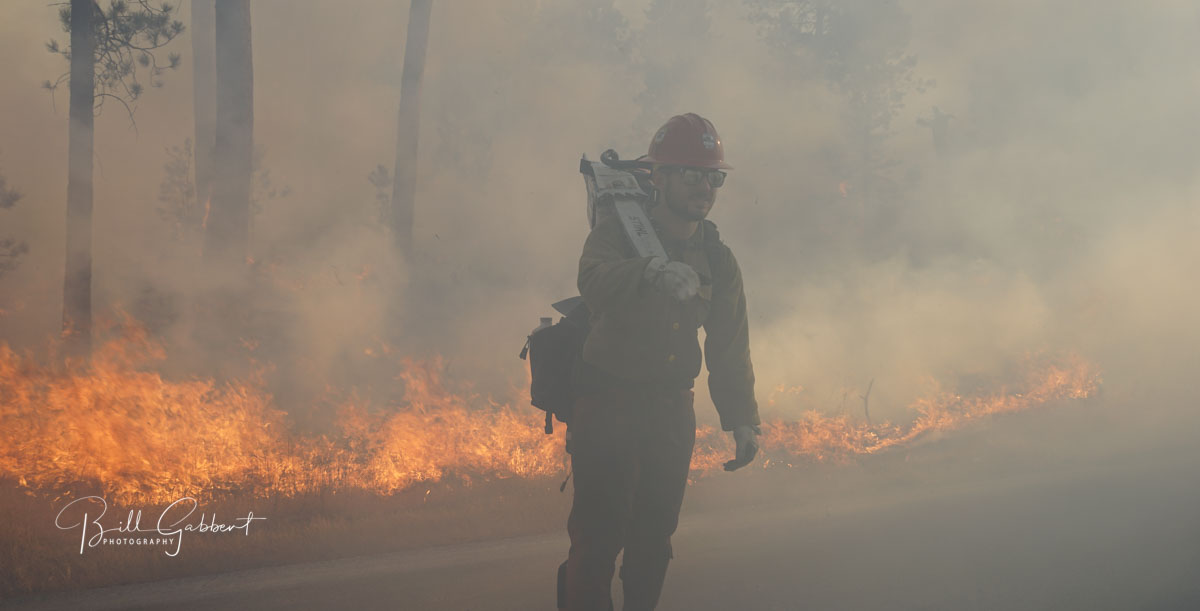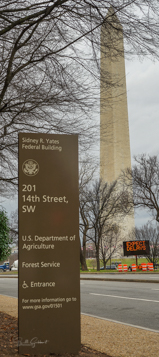(This article first appeared at Fire Aviation)
In a hearing Tuesday morning about the Forest Service budget for FY 2019 before the Senate Committee on Energy and Natural Resources, Senators asked the interim Chief of the Forest Service, Vicki Christiansen, about the reduction in the number of large air tankers on exclusive use contracts and the agency’s plans to rely on call when needed aircraft to fill the void.

Lisa Murkowski (AK), Chair of the committee, mentioned the issue during her opening remarks. Senators Maria Cantwell (WA) and Cory Gardner (CO) asked questions about what could be a shortage of air tankers, with most of the discussion centering around call when needed vendors. The Senators appeared to be concerned about the higher daily and hourly costs of CWN aircraft, and referred to the 48-hour time frame for them to mobilize after notification.

Ms. Christiansen tried two or three times to explain how activating CWN air tankers works and how the USFS makes decisions about when to bring them on board. Her descriptions were rambling as she talked about predictive services, but it was a little too ambiguous for some of the senators who asked for clarification.
Senator Gardner mentioned that this year there are 13 exclusive use large air tankers compared to 20 last year, and talked about how call when needed aircraft are more expensive than exclusive use aircraft. He said, “What is the rationale for that again?”
Ms. Christiansen: “Senator, we really look hard and do our analysis on the right balance between the exclusive use which is for an extended period of time and the call when needed. We take this very seriously and we will evaluate each year and adjust for the balance of these contracts. These next generation aircraft are more expensive than the legacy aircraft we had operated for the last two decades. So we have to be fiscally prudent and responsible in finding that right balance. We are confident that we have the aircraft we need when we need it through the combination of exclusive use, the call when needed, the military MAFFS, and then when we can call our partners down from Alaska and Canada.”
Senator Gardner continued: “Do you think you’re providing industry with enough certainty, private industry with enough certainty, to replace some of the contracts in the past that were coming out of the Forest Service in terms of the air tankers that were in use since the 2014 passage of the Defense Authorization Act?”
Ms. Christiansen: “Senator Gardner we are doing everything we can to be a good partner with the industry and exercise our fiscal responsibility.”
No one acknowledged the elephant in the room, the reason there are fewer air tankers. The budget that Congress approved and the President signed forced the reduction. Ms. Christiansen, a member of the administration, apparently feels that she has to be a good soldier and say, everything is fine, there’s nothing to see here: “We are confident that we have the aircraft we need”.
And the Senators don’t want to admit that they approved legislation which caused the number of EU air tankers to be cut by one-third. So they asked mild-mannered questions and didn’t follow up when the administration’s representative insisted that everything is going to be OK.
During a discussion about budget reductions on a different issue, Senator Joseph Manchin (WV) said, “Have you been able to push back on the administration, saying you can’t cut me this deep, I can’t do my job?”
Ms. Christiansen: “Senator, we have prioritized what we can do within these constraints…”
Senator Manchin: There’s a lot of us that will go out and …..”
Ms. Christiansen: “Our priority is on the National Forests, but I look forward to working with you on additional priorities.”
Meanwhile, John Hoven, the Senator from North Dakota, spent most of his allotted time presenting what was basically an infomercial about his state.
A recorded video of the hearing will be available at the committee’s website.





